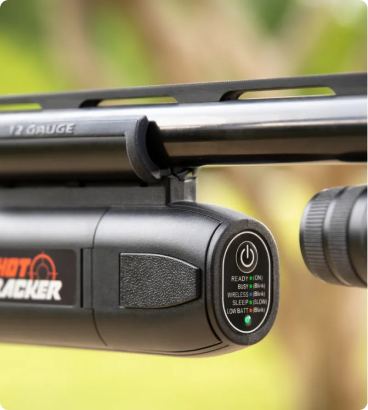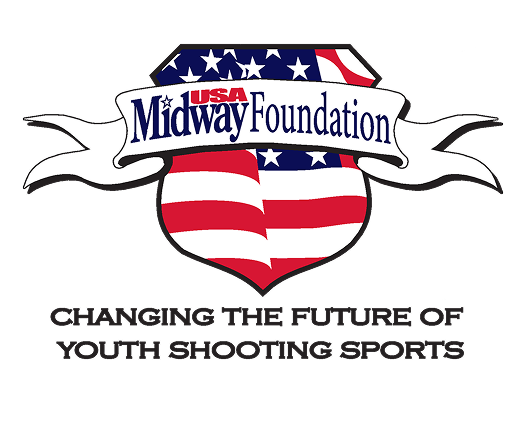Charting Your Improvement – Using ShotTracker for Long-Term Skill Progression
Shooting skills aren’t built in a day; they develop over weeks, months, and years of practice. One of the most rewarding aspects of shotgun sports is looking back and seeing how far you’ve come – tighter patterns, higher scores, more broken targets. Historically, shooters have kept journals or training logs to chart their progress. Now, with ShotTracker, much of that logging happens automatically, and in far greater detail. By using ShotTracker as a diary of your training sessions, you gain a powerful tool to guide your long-term improvement.
The Value of Tracking Performance
In any sport, consistent tracking can illuminate patterns that you might miss in the day-to-day. In shotgun shooting, this could be tracking your average score per round, your success rate on different target presentations, or even how different environmental conditions affect you. When you log this information, you can identify what’s working and what isn’t. ShotTracker simplifies this by capturing performance data every time you practice. Instead of jotting down “shot 23/25 in trap, missed two hard right targets,” you’ll have a precise record: which stations the misses came from, how your timing was, etc. Over time, reviewing this data might reveal, for instance, “I tend to slump a bit in the middle of a session, missing more in rounds 3 and 4 due to fatigue” or “My success rate on outgoing targets has steadily climbed from 60% to 85%.” Such insights let you adjust your training focus intelligently.
Using ShotTracker’s Historical Data
ShotTracker’s companion app isn’t just a real-time display; it also stores past session data for review. Make it a habit to dive into this historical data periodically. Let’s say you practice sporting clays every Saturday. After a few months, you’ll have a trove of data. Look at each session: are your scores improving? Do certain stations remain problematic? The app might allow you to filter by target type – perhaps you can compare your performance on crossers vs. incoming targets over time. If you see improvement across the board, that’s a confidence booster (as discussed in Article 7). If you notice one area lagging – for example, your skeet high-house low 8 station success is flat – then you know where to direct more practice. This long-term data acts like a coach’s notebook, reminding you of what to work on next. It also helps prevent stagnation; sometimes shooters plateau because they focus only on what they’re already good at. The data nudges you to address weaknesses.
Identifying Plateaus and Adjusting Training
Plateaus are a natural part of skill progression. You might find you’ve been stuck breaking ~20 out of 25 targets for a few weeks. By examining ShotTracker logs, try to pinpoint if the misses are coming from the same causes. The data might reveal, for example, that almost all your misses are second shots on doubles in trap, or the last bird in a skeet round. Recognizing a specific pattern means you can attack the plateau with a specific plan. In this example, maybe you dedicate a practice session solely to that second-shot doubles scenario, or work on stamina and focus for the end of rounds. Without data, a plateau can feel mystifying and frustrating – you don’t know why you’re stuck. With data, it becomes clearer: “I’m stuck because of X, Y, Z factors,” which you can then methodically work to change. Adjust your training drills, possibly seek advice targeted to those issues, and then watch the data in subsequent sessions to see if the changes yield improvement.
Setting Milestones and Milestone Reviews
Using ShotTracker, you can set concrete milestones, which are like checkpoints on your long-term journey. A milestone could be “Average 22/25 in trap by mid-season” or “Improve my skeet score by 5 targets before the state shoot.” Track your progress toward these goals in the app. Some shooters create a simple spreadsheet as well, noting their scores or key metrics from each session (because sometimes writing it out helps visualize the trend). When you hit a milestone, take time to review how you got there – look back at the data from when that goal was a far reach and appreciate the progress. If a milestone is missed, use ShotTracker insights to reassess. Perhaps the goal was a tad high (nothing wrong with adjusting the timeline), or maybe it was the training approach that needs tweaking, not the goal. The key is that regular reflection on recorded performance keeps you engaged in a cycle of improvement. Every few months, do a “milestone review” of your ShotTracker data: are you better than you were before? In what ways? This keeps the training dynamic – you might set new goals after seeing your progress, ensuring you always have something to strive for.
Aiding Coaches and Instructors
If you’re working with a coach or an instructor periodically, your ShotTracker data can provide them with a clear picture of your long-term development. Instead of starting from scratch each coaching session, you can show them your app’s history. This might highlight that, for example, “In July, my swing was much slower, but I sped it up by August – now my issue is more about precision than speed.” A coach will find that information extremely useful to tailor their instruction to exactly what you need. Essentially, your logged data helps use coaching time efficiently, focusing on the areas that will yield the most improvement in the next phase of training. It also demonstrates to the coach your commitment and understanding of your own performance, enabling a higher-level conversation more akin to two collaborators working on a problem (your improvement) than just an instructor giving basics.
Conclusion
Long-term improvement in shotgun sports is a journey best taken with a map. ShotTracker provides that map in the form of detailed performance data and trends. By reviewing and reflecting on this information, you take charge of your progression. You’ll know where you’ve been, where you are, and have a clearer idea of where to go next. The process becomes one of continuous, informed refinement: try, get feedback, adjust, and improve. Over months and years, this not only makes you a better shooter, but it transforms you into a more self-aware athlete who understands their own game on a deeper level. With ShotTracker as your logbook, every practice isn’t just a trigger pulled – it’s a data point on your path to mastery.




